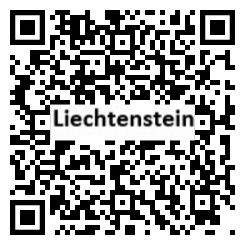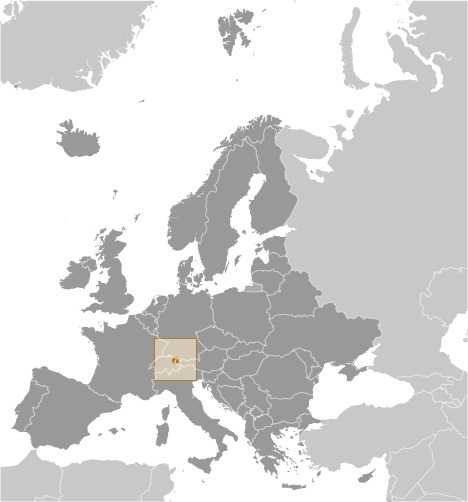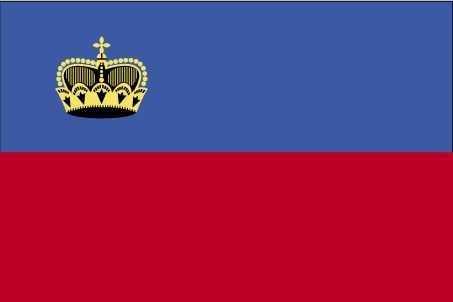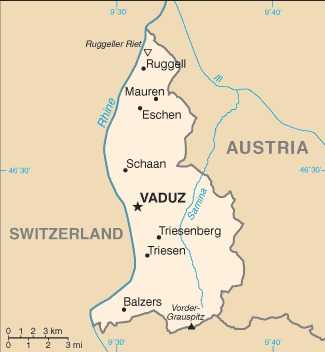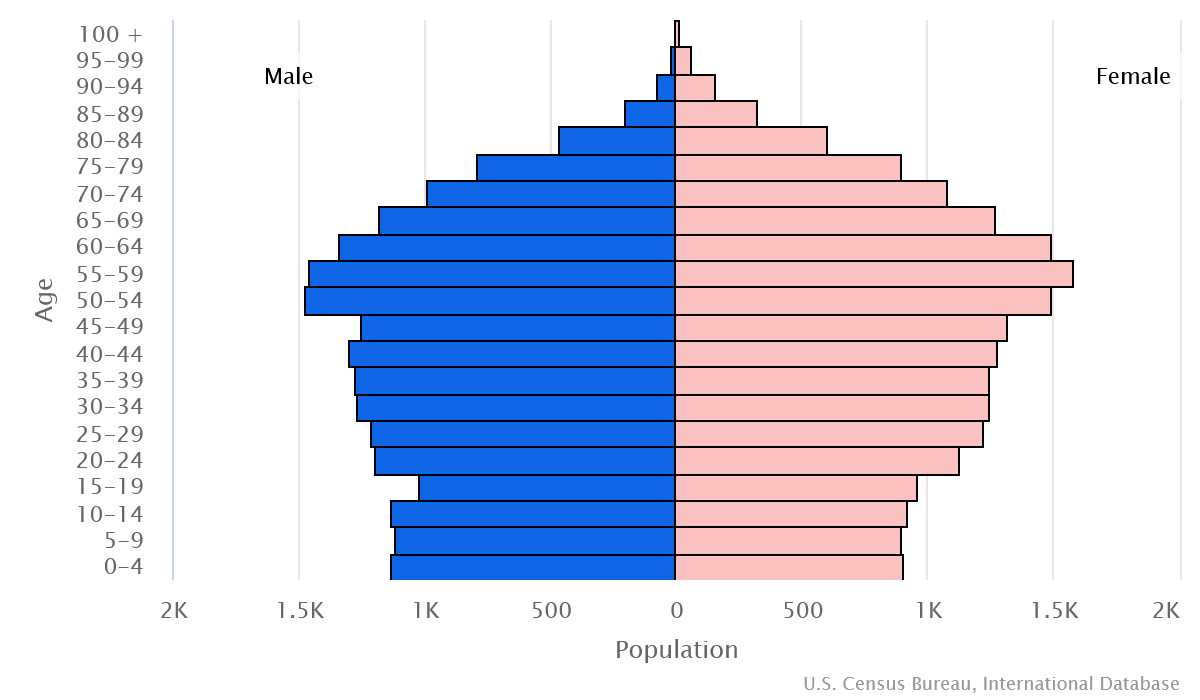Introduction
Background
The Principality of Liechtenstein was established within the Holy Roman Empire in 1719. It became a sovereign state in 1806 and joined the German Confederation in 1815. Liechtenstein became fully independent in 1866 when the Confederation dissolved. Since World War II (in which Liechtenstein remained neutral), the country's low taxes have spurred outstanding economic growth.
Geography
Area
total : 160 sq km
land: 160 sq km
water: 0 sq km
Climate
continental; cold, cloudy winters with frequent snow or rain; cool to moderately warm, cloudy, humid summers
Natural resources
hydroelectric potential, arable land
People and Society
Population
total: 40,272
Ethnic groups
Liechtensteiner 65.6%, Swiss 9.6%, Austrian 5.8%, German 4.5%, Italian 3.1%, other 11.4% (2021 est.)
Languages
German 91.5% (official) (Alemannic is the main dialect), Italian 1.5%, Turkish 1.3%, Portuguese 1.1%, other 4.6% (2015 est.)
Religions
Roman Catholic (official) 73.4%, Protestant Reformed 6.3%, Muslim 5.9%, Christian Orthodox 1.3%, Lutheran 1.2%, other Protestant 0.7%, other Christian 0.3%, other 0.8%, none 7%, unspecified 3.3% (2015 est.)
Population growth rate
0.69% (2024 est.)
Government
Government type
constitutional monarchy
Capital
name: Vaduz
Executive branch
chief of state: Prince HANS-ADAM II (since 13 November 1989, assumed executive powers on 26 August 1984)
head of government: Prime Minister Daniel RISCH (since 25 March 2021)
Legislative branch
description: unicameral Parliament or Landtag (25 seats; members directly elected in 2 multi-seat constituencies by open-list proportional representation vote to serve 4-year terms)
Economy
Economic overview
high-income European economy; Schengen Area participant; key European financial leader; integrated with Swiss economy and franc currency user; one of the highest GDP per capita countries; relies on US and Eurozone markets for exports
Real GDP (purchasing power parity)
$4.978 billion (2014 est.)
$3.2 billion (2009 est.)
$3.216 billion (2008 est.)
Real GDP per capita
$139,100 (2009 est.)
$90,100 (2008 est.)
$91,300 (2007 est.)
Agricultural products
wheat, barley, corn, potatoes; livestock, dairy products
Industries
electronics, metal manufacturing, dental products, ceramics, pharmaceuticals, food products, precision instruments, tourism, optical instruments
Exports
$3.217 billion (2015 est.)
$3.774 billion (2014 est.)
Exports - commodities
small specialty machinery, connectors for audio and video, parts for motor vehicles, dental products, hardware, prepared foodstuffs, electronic equipment, optical products
Imports
$2.23 billion (2014 est.)
Imports - commodities
agricultural products, raw materials, energy products, machinery, metal goods, textiles, foodstuffs, motor vehicles
Exchange rates
Swiss francs (CHF) per US dollar -
Page last updated: Wednesday, July 24, 2024
